 |
 |
 |
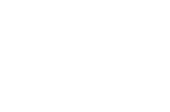
|
Rúrí, Glassrain,1984, 500 dagger shaped pieces of glass with razor sharp edges. Detail. Length of individual pieces varies from 50 to 150 cm. Measures of installation: 700 x 600 x 300 cm.
Photographer: Larus Karl Ingason
Photo from the exhibition Glassrain in the National Gallery of Iceland, 2001.
Glassrain has latest been exhibited at Nikolaj, Copenhagen Contemporary Art Center, Denmark (2009-2010)
Courtesy of the artist
|
|
 |
GLASS ART IN ICELAND
– A VIEW
Does it make sense at all, to talk about Icelandic Glass Art as a concept?
A national approach would not be beneficial since we are living in a global world. Many artists from Iceland are living elsewhere or studied abroad. Non-Icelandic artists have exhibitions and permanent installations in Iceland as well.
Another approach is given by Iceland’s nature which spans from a volcanic to a glacial landscape. Glass contains these same oppositions. Considered a solid, glass can be fluid. Normally fragile, it can be stable.
By the rapidly changing weather conditions produced by mountains and the surrounding ocean even the elements themselves seem rather unstable or questionable.
With the instability in mind I am going to look at some actual works of art in relation to time and space.
|

|
Posted 20 January 2014
|
Share this:
|
|
|
|
|
|
|
|
|
|
I have selected five art works made by five very different artists: Leifur Breiðfjörð, Hreinn Fridfrinnsson, Finnbogi Pétursson, Harpa Árnadóttir, and Rúrí. None of these artists work solely in glass. All works share playfulness in relation to a characteristic use of the glass media. Each challenges some concepts and some conditions in very different ways but all works seem to successfully stand out as both aesthetic and philosophical commentaries.
Even though these five artists have different approaches it is interesting that their works at the same time are connected in unintended ways. I even find that their works both emphasize and expand each other. Perhaps, between these works, it is possible to understand some characteristics which might, in the end, make it relevant to talk about the concept of glass art in Iceland.
All artists use glass for purposes other than an ordinary function (a drinking glass, a vase or window glass - both plain and stained glass) and have transformed it into something else.
The result is that these works comment on glass itself and its normal function but in different ways expand upon these commentaries – very philosophically – by questioning given conditions in time and space.
|
|

|

|

|
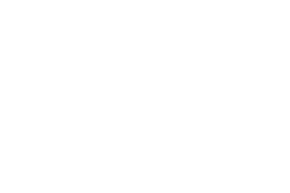
Leifur Breidfjörd, Messenger of Fortune, 2002, glass, lead, (technique: stained glass), 220 x 150 x 35 cm
Photographer: Leifur Breidfjörd
Made for the exhibition Cesta do stredu Zeme in the Mánes Exhibition Hall in Prague (2002)
Photo from the exhibition ‘Spirit of Man’ at Salurinn in Kopavogur, Iceland (2005)
Courtesy of the artist
|
|
Leifur Breiðfjörð’s Messenger of Fortune (2002) is somewhat traditional stained glass.
However, instead of the nearly two-dimensional vertical window form that you would expect, this three-dimensional piece hangs from the ceiling in a horizontal orientation and has the shape of a kite with wings and tail. Even though it is an illusion, there is no gravity at all related to this glass. The kite is light and airy, held up by the wind; you can almost sense the glass has transformed into a curved fabric for wings and tail.
The playfulness of this work (its function is art, not to be a window) comments on the traditional use of stained glass windows in churches – including unspoken rules: no running and no loud sounds in a church – opposed both running and loud sounds obviously connected with playing with kites.
|
|
|
|
|

|

|

|
A more direct illusion is found in an untitled work from 2009 by Hreinn Fridfrinnsson currently on view at i8 Gallery, Reykjavik. This work plays with space, too. While three-dimensional, this sculpture is very two-dimensional since most of the three-dimensionality is illusion. The work itself is made of one quarter of a glass vase and – importantly for this illusionistic piece – mirrors (steel plates). By using the transparency of glass with the reflectivity of mirrors, the viewer can never quite grasp the object or its deception. This sculpture has presence in space but what we see is not there. It is virtual. There is actual space and illusionary space. However, we cannot translate views of this object into something that is real unless we accept being in the virtual world. Somehow we must accept that we cannot understand reality as it is presented.
|
|
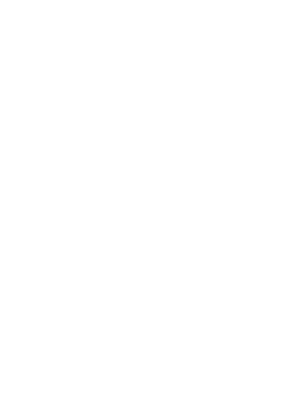
Hreinn Fridfinnsson, Untitled (glervasi - innhorn), 2009, a quarter of a glass vase (Cirva, Marseille) and mirror steelplate, 73 x 43 x 43 cm (vase height: 40 cm)
Photographer: Vigfus Birgisson
Photo from the exhibition Hreinn Fridfinnsson, at i8 Gallery, Reykjavik, Iceland (2010)
Courtesy of the artist and i8 Gallery, Reykjavik
|
|
|
|
|

|

|

|
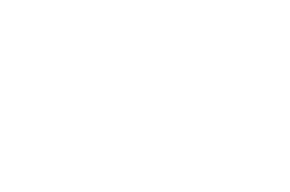
Finnbogi Pétursson, Glasses, 2004, 90 wineglasses, 3 shelves
Photographer: Sigfús Már
Photo from exhibition at Gallery 100°, Reykjavik, Iceland (2004)
Courtesy of the artist and i8 Gallery, Reykjavik
|
|
Another way of using functional glass – wine glasses here – is found in Finnbogi Pétursson’s work Glasses (2004) at Gallery 100°, Reykjavik. Ninety wine glasses are placed on three vibrating shelves. The vibrations are programmed and produce sound through the glasses which are filled with different amounts of water. As time passes, the water vaporizes, and the pitch changes. The repetitious character of the sounds is underlined by the three shelves. Interestingly, there are two different dimensions of time: a repetitious sound time line controlled by computer that is similar to musical notes. And a time line which is a condition for all life. At some point, there will be no more water in the glasses, and therefore no more sound. Time is running out; all variable sounds stop.
|
|
|
|
|
|
|
Harpa Árnadóttir on the contrary did find a way to stop time for a while and create a kind of silent eternity by using the windows in the exhibition space at the Reykjavík Museum of Art.
In the work Meanwhile (2008) she registered raindrops. For five days all the raindrops that landed on the windowpanes were painted from the inside with transparent acrylic glue.
Ordinary windows were transformed into something else. A process during a specific time period stops within a moment frozen in time. The frozen quality is both visible and transparent as the raindrops made in glue at the one hand look quite realistic, and on the other hand are an illusion.
While time stops from an indoor perspective, time never really stops outside. Viewers’ perception of what they see is altered by changing weather conditions.
However, this is again a two-way process. Weather conditions create different backgrounds from which viewers see the rain. But the glue drops also become a kind of filter through which we watch the outside world – emphasizing the window as a border between inside and outside, separating man and nature.
|
|
|
|
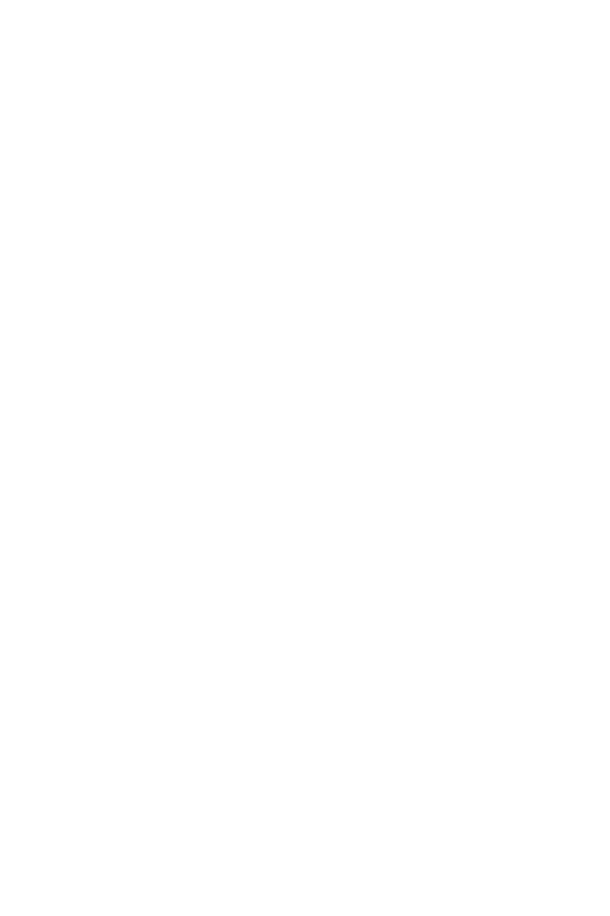
Harpa Árnadóttir, Meanwhile, 2008, windowpanes painted with transparent acrylic glue, each windowpane 286,5 x 229,5 cm
Photographer: Photo©Brooks Walker 2010
Made for the exhibition Silence at Hafnarhús, Reykjavík Museum of Art, Iceland (2008)
Site specific work: For five days the raindrops that landed on the windowpanes were painted from the inside with transparent acrylic glue on each window of Hafnarhús A-Salur.
Courtesy of the artist
|
|
|
|
|

|

|

|
If man needs separation from nature or it is the other way around is a question emphasized in many of Rúrí’s work. Glass Rain (1984, but still exhibited) provides a different view on the concept of rain. From a distance, we find a somehow similar spatial effect in this pattern of rain. However, looking with more care, we see something else.
Five hundred dagger-shaped pieces of razor-sharp glass hang from the ceiling. Each piece is between 50 cm and 150 cm long while the installation’s total dimensions are 6 x 7 x 3 meters.
The path through the hanging pieces is not obvious at first or even upon entering the space. There is a turn in the middle of the installation that allows people to explore this path before coming to see that a way out exists at the other end. Walking between the literally dangerous pieces without being able to see the whole path is challenging but ultimately rewarding.
Rain usually brings the possibility of life but this glass rain can kill! This scary fact is in high contrast to the beauty of the work in all its fragility and transparency.
Rúrí wanted the viewer to feel the space without touching it, in a somehow unconscious spatial awareness of both the physical, emotional and intellectual level.
|
|
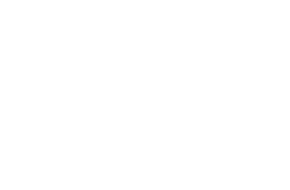
Rúrí, Glassrain,1984, 500 dagger shaped pieces of glass with razor sharp edges. Length of individual pieces varies from 50 to 150 cm. Measures of installation: 700 x 600 x 300 cm.
Photographer: Larus Karl Ingason
Photo from the exhibition Glassrain in the National Gallery of Iceland, 2001.
Glassrain has latest been exhibited at Nikolaj, Copenhagen Contemporary Art Center, Denmark (2009-2010)
Courtesy of the artist
|
|
|
|
|
|
|
This unconscious awareness somehow sums it up. It is a given for being out in the rough Icelandic nature which is powerful enough to never just be trusted and it is somehow present in these five works of art. Never take anything for granted; things are not what they seem at first glance. And, you as a viewer will be rewarded by looking more carefully.
Art is physical, emotional and intellectual.
Sinne Lundgaard, Ph.D., working interdisciplinary with aesthetics.
Published in 2010 in Fjoezzz
|
|
|
|
|
|
|


